Secure&stable
Custom fitJK handmade nasal implants
The JKCSI ophthalmology department presents sophisticated design with delicate attention to detail.
The only one in the world
JK hand-made prosthesis just for youDepending on the state of the individual's nose, prosthesis types and surgical methods can vary.
With 20 years of expertise, JK Plastic Surgery provides detailed 1:1 consultation and preoperative examinations to check the condition of each patient's nose and facial balance.
Then we design and sculpt the nose based on the original shape and height of the nose.
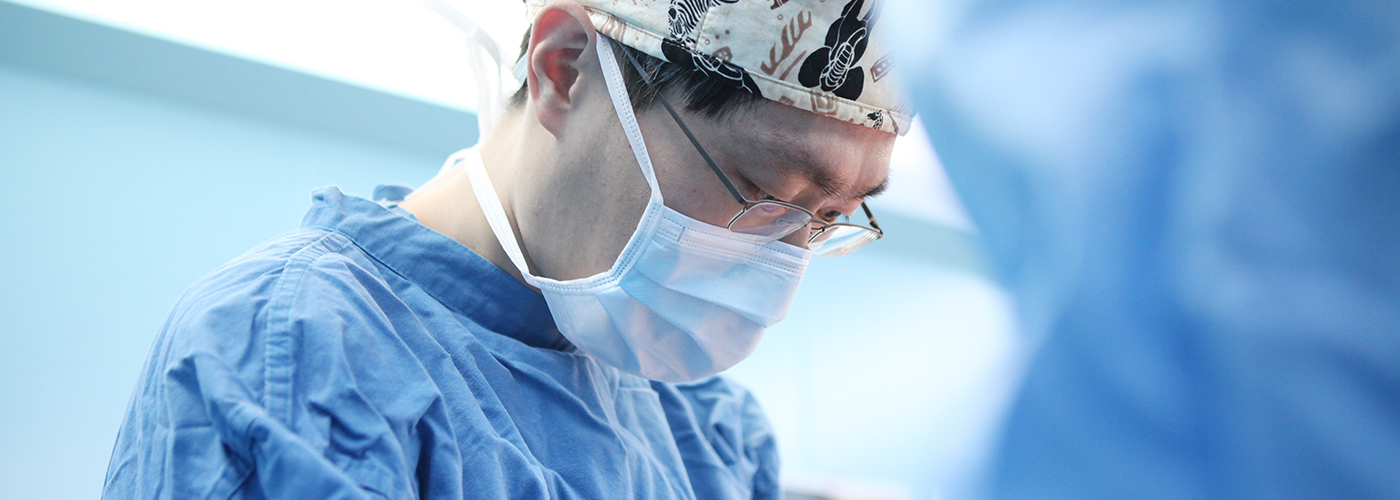
Autoplasty
If your top priority is a natural shape and safetyEngraftment
Natural Nose
Nasal Septal Cartilage – Cartilage of an appropriate thickness and strength harvested from the inside of the nostrils. We can elevate the nasal tip and nasal bridge creating a sharp and refined look without making incisions on other parts of the body.
An inner cartilage in the ear, easy to harvest, elastic, and smooth autogenous cartilage.
It is commonly used because it is not visible even after being harvested from the target area. The ear cartilage is often used to slightly raise the nose tip or to reshape the cartilage.
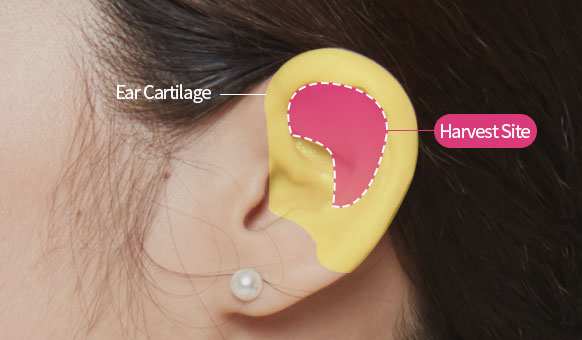
The cartilage is harvested from the tip of a rib and is used when there is not enough of the ear cartilage or septal cartilage.
Since it provides strong support, itis used in case of severe contracture deformation or severe nose immersion.
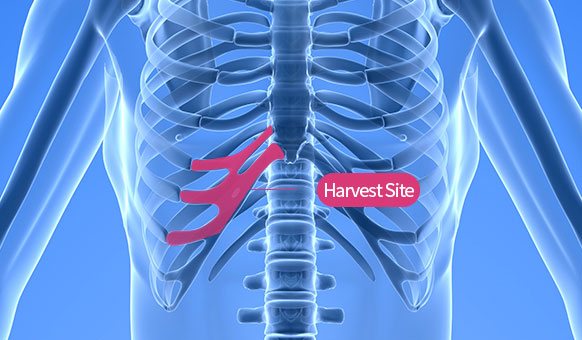
The tissue of the coccyx area between the hips.
Compression of multiple layers of dermis minimizes the absorption of the dermis, which can be applied to nose with thin skin.
Combined with cartilage, it reduces body absorption and is suitable for creating a less foreign and natural shape.
A thin film surrounding muscle.
The peritoneum of the scalp above the ear is usually extracted and used for thin skin or for surgery to heighten Nose Bridge. Since the scalp is cut, no scarring is visible and extraction is relatively easy.
Nasal Autogenous Tissue
This is recommendedto the following type of patient:
- 01
Person who puts safety first
- 02
Person who needs autogenous tissue in case of re-operation
- 03
Person who is repulsive to a prosthetic
- 04
Person who wants more natural nose
If you want refined design,
Try JK Handmade ProstheticA Gore-Tex prosthesis can be used in patients with thinner skin due to its softer and more natural shape than silicon.
Because of fine holes in the tissue, it assimilates relatively well with biological tissue.
Since the mold is soft and difficult to sculpt, it takes years of extensive expertise for a surgeon to place it in the desired shape in the desired position.
The shape does not change or absorb over time after surgery. It is also relatively sophisticated in shape, allowing it to be sculpted properly to match its nose shape.
If your skin is very thin, prosthetic may be seen below, so it is required to check patient's skin condition and thickness.
Nasal Prosthetics
This is recommended to the following type of patients:
- 01
Person who wants to make a nose shape exactly as he/she wants
- 02
Person who wants his/her nose to be fixed over time
- 03
Person who wants a more definite change
- 04
Person who needs prosthetics depending on the condition of skin etc.
What is special about us?
Plastic surgeon with knowledge about the anatomical structure of the noseThere is no such thing as the 'best nasal rhinoplasty material.'
We listen to our patients and bring 20 years of expertise in helping to choose a safe material that will create a beautiful appearance.

TEAM JK
Skills and experience in different dimensionPlastic surgeons and anesthesiologists systematically trained at university hospitals Plastic surgeon with over 10 years of experience in nose surgery.
BEFORE & AFTER
-
If you have hypertension, heart disease, or diabetes, or if you are taking any thyroid medication or other medications, consult your coordinator.
-
Since tobacco contains substances that can cause phlegm or sneeze and cause postoperative bleeding, stop smoking before the operation.
-
Please observe the entire fasting period before surgery.
-
Please wear comfortable clothes to avoid contact with the surgical site.
-
Driving after the surgery is not recommended.
 ENG
ENG KOR
KOR CHN
CHN JPN
JPN RUS
RUS ARAB
ARAB IND
IND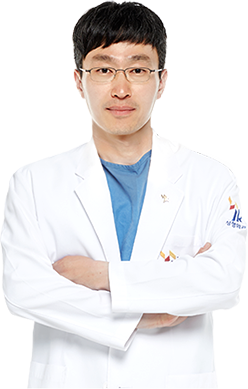
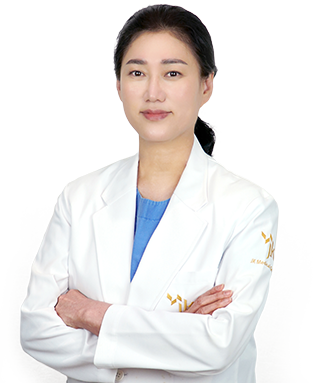


_105_.jpg)
_106.jpg)
_109.jpg)
_110.jpg)